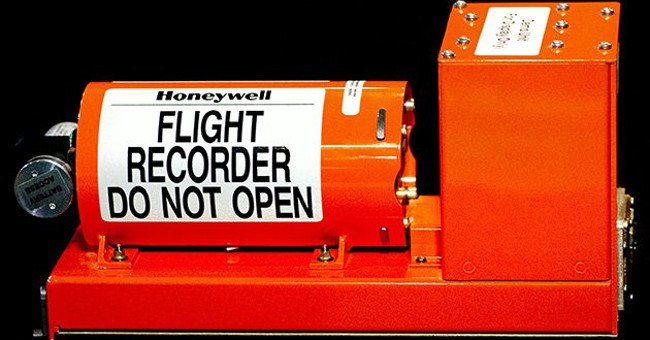Investigators have recovered the black box of Air India Flight 171, which crashed into the BJ Medical College boys’ hostel in Ahmedabad shortly after takeoff, killing 204 people, according to initial reports. The device, which records flight data and cockpit conversations, is expected to play a crucial role in determining what caused one of India’s worst aviation disasters in recent years.
The London-bound aircraft had taken off from Runway 23 at 1:38 pm. Just eight minutes later, the pilots issued a MAYDAY distress signal, the Directorate General of Civil Aviation (DGCA) confirmed. The wide-bodied Boeing 787-8 Dreamliner then plunged into the hostel building located just 3 km from the airport.
What is a black box?
Despite its name, the black box is actually a bright orange device designed to withstand extreme crashes and fires, making it easier to locate during recovery efforts. It consists of two critical components: the Flight Data Recorder (FDR), which logs technical details like altitude, speed, and system performance; and the Cockpit Voice Recorder (CVR), which captures pilot conversations and communications with air traffic control.
Typically made of titanium, the black box is engineered to survive the most catastrophic incidents. In case of a water crash, it emits an ultrasonic “ping” to help search teams locate it. This device is key to understanding what went wrong in aviation accidents, and will now be central to the ongoing investigation into Flight 171’s crash.
Crash, Chaos, and Clues: What Flight 171’s Black Box May Reveal
previous post



